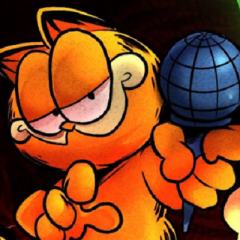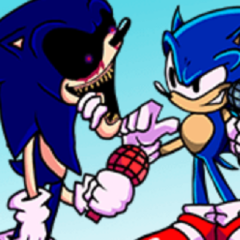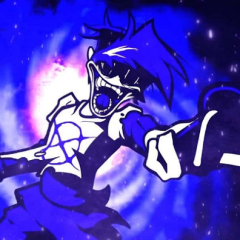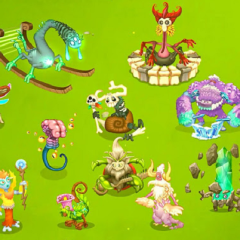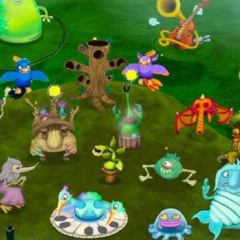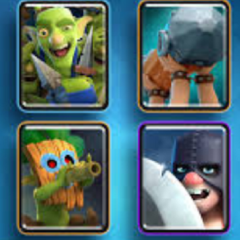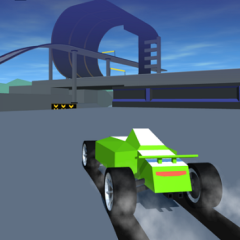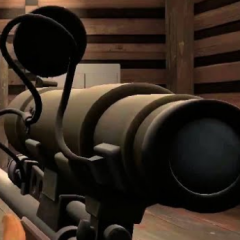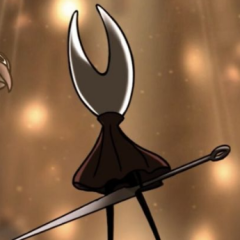Gameplay approach
The experience differs from the traditional FNAF formula by offering full movement instead of a fixed perspective. Players can explore the diner freely, searching through hallways, party rooms, and storage areas. The main challenge is surviving each night while managing limited visibility and carefully monitoring the behavior of the animatronics. Some segments require solving environmental tasks or unlocking doors, which adds to the sense of urgency while avoiding direct encounters.
Key tasks for the player
During a typical session, the player takes on several recurring responsibilities:
- Exploring rooms to gather items and progress the story
- Observing and avoiding roaming animatronics
- Using light and sound carefully to stay undetected
- Completing puzzles that open blocked areas
- Surviving long enough to move the story forward
These tasks repeat across nights, but difficulty increases as threats become more aggressive and unpredictable.
Threats and design
The animatronics—such as Fredbear, Spring Bonnie, and other diner mascots—form the central threat. Each one operates differently, forcing players to adapt strategies on the fly. Their unpredictable routes through the diner keep tension high, as no area can be considered completely safe. The environment itself contributes to storytelling: posters, equipment, and broken areas hint at events that led to the current situation, allowing the story to unfold naturally without lengthy exposition.
Replay value and fan influence
Those Nights at Fredbear’s continues to attract attention despite the original project being cancelled. Fans have reimagined and rebuilt it through different versions, including adaptations like New Destiny, which expand the narrative and introduce additional mechanics. Because of random elements, branching paths, and different endings, the game maintains strong replay value. Each playthrough offers new challenges, ensuring that the title remains a significant entry in the wider FNAF fan community.





